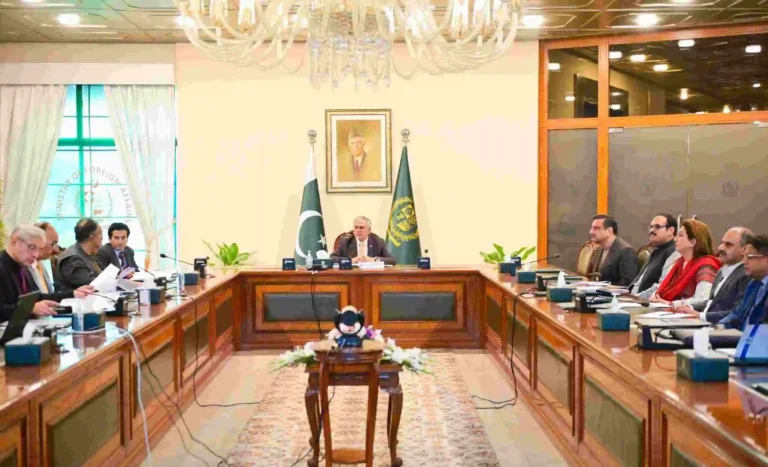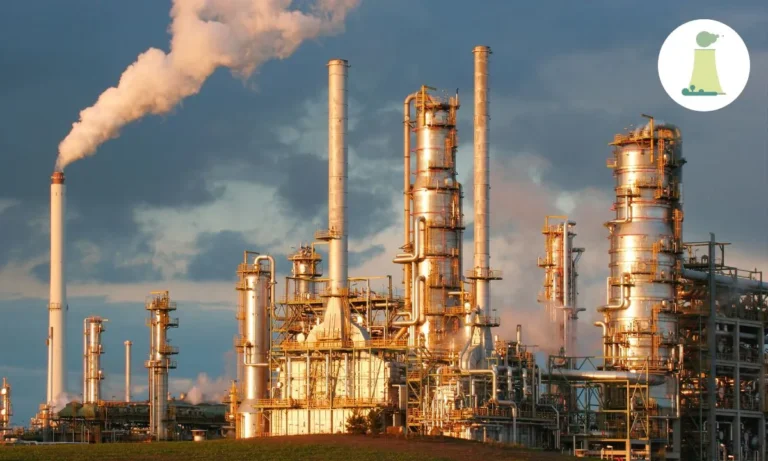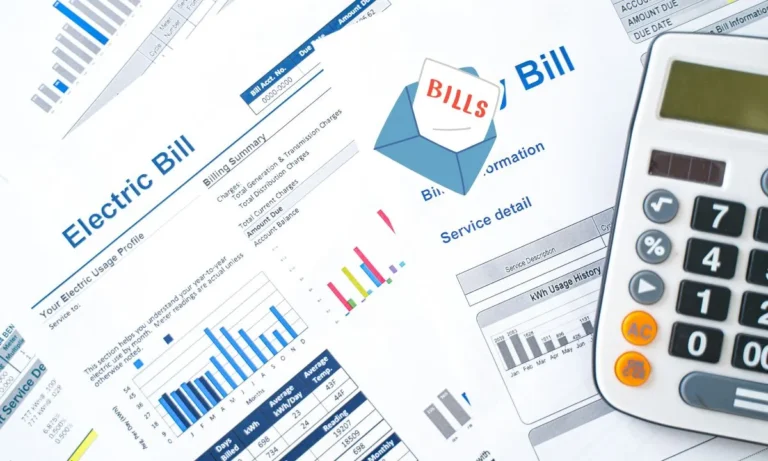Electricity Rates Cut in April 2025
Our Correspondent
Islamabad: The national electric power regulatory authority (Nepra) has allowed the federal government to divert Rs 58 billion funds collected from the oil consumers to provide relief Rs 1.71 per unit rate to electricity consumers.
The relief will be application on Discos and KE consumers as well.Iesco Recovers Rs6.3B from Electricity Defaulters
The power division had explained that the federal government had allocated around Rs.266 billion subsidy for FY 2024-25, which, after inclusion of the currently proposed relief of Rs.58.6 billion at Rs.1.71/kWh, would total Rs.325 billion.
The government would collect Rs 58 billion on account of petroleum development levy (PL) from the oil consumers which be redirected to the electricity consumers to cut Rs 1.71 per unit cut.
The relief would be application from April 2025 to June 2025.
In a decision issued here on Thursday, the power regulator said that it had carefully considered the submissions made by the Federal Government in the Motion and during the hearing, as well as comments from stakeholders.
The power regulator noted that the Ministry of energy had not requested any change in NEPRA’s determined tariff or the Revenue Requirement of DISCOs.
Rather, it has decided to use the Petroleum Development Levy (PDL) to provide an additional subsidy to electricity consumers of XWDISCOs and K-Electric, excluding lifeline consumers, at the rate of Rs.1.71/kWh, from April 2025 to June 2025.
Furthermore, no objection was raised by any stakeholder.
In view thereof, the power regulator said that it has no objection to the instant Motion, as it does not impact NEPRA’s determined tariff, since the Government of Pakistan has decided to provide an additional subsidy from the expected collection of the PDL.
Accordingly, the power regulator had approved the request of the Ministry to provide an additional subsidy of Rs.1.71/kWh to all consumers of XWDISCOs and K-Electric (except lifeline consumers) for the period from April 2025 to June 2025.
While responding to other queries raised by Mr. Bilvani, the Ministry of Energy (MoE) explained that the expected PDL collection for FY 2025-26 would be considered at the time of annual rebasing of tariff for FY 2025-26, after approval of the Cabinet.
On the point of subsidy, the MoE explained that the Federal Government allocated around Rs.266 billion for FY 2024-25, which, after inclusion of the currently proposed relief of Rs.58.6 billion at Rs.1.71/kWh, would total Rs.325 billion.
A representative of CPPA-G explained that category-wise relief would vary depending on applicable taxes for the relevant category.
Upon inquiry from Mr. Abubakar Ismail, the MoE clarified that the relief of Rs.1.71/kWh shall be applicable to all consumers of XWDISCOs and K-Electric, except lifeline consumers.
While responding to the query of Mr. Hannan regarding the B-4 tariff, the energy ministry explained that the existing peak rate for the B-4 category is Rs.40.76/kWh, which after reduction would become Rs.34.78/kWh. Similarly, the B-4 off-peak rate is Rs.36.38/kWh, which would reduce to Rs.30.40/kWh.
Mr. Raza raised concerns about the burden being placed on grid-connected consumers due to the increasing number of net-metering connections.
It was explained that the government is actively deliberating on the matter, and the issue may be discussed during the upcoming tariff rebasing.
An intervenor inquired about the total volume of circular debt, to which the Ministry responded that it stands at Rs.2.4 trillion. Mr. Rahat Gul requested addressing structural issues in billing, such as the removal of the financing cost surcharge, instead of providing relief in the tariff.
Mr. Muhammad Asif requested the rationalization of fixed charges.
Another intervenor inquired about the breakdown of the relief announced by the Prime Minister and the period to which this relief shall apply, which was accordingly explained by the Ministry of Energy.
While responding to the query regarding the continuation of relief going forward, the Ministry explained that a major portion of the power sector cost is dependent on macroeconomic conditions such as international fuel prices and exchange rate parity. Therefore, any such relief would be dependent on macroeconomic stability.







